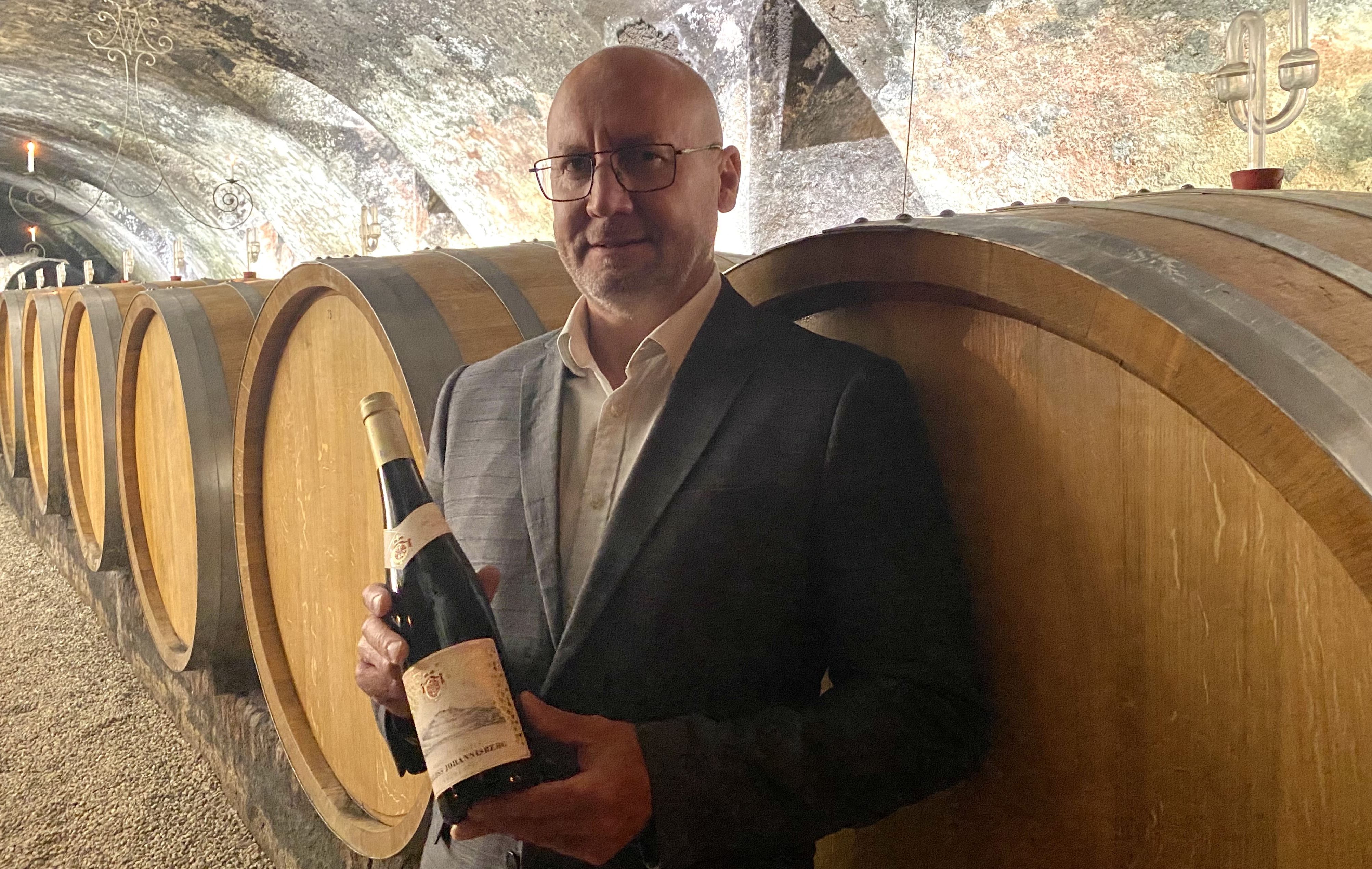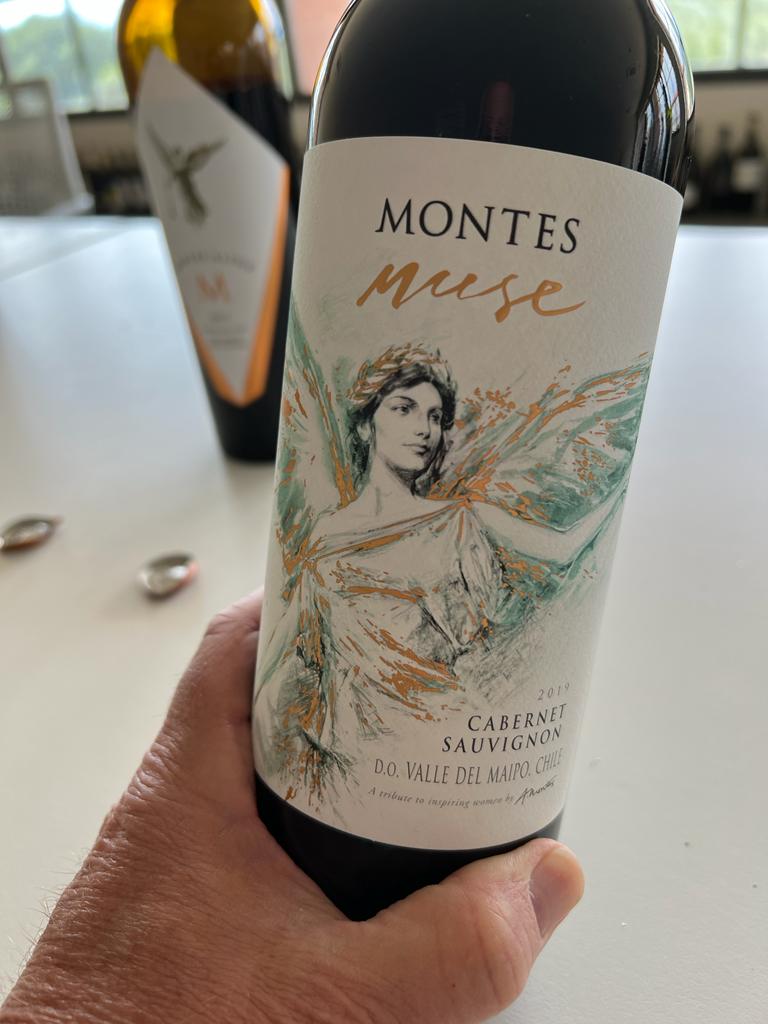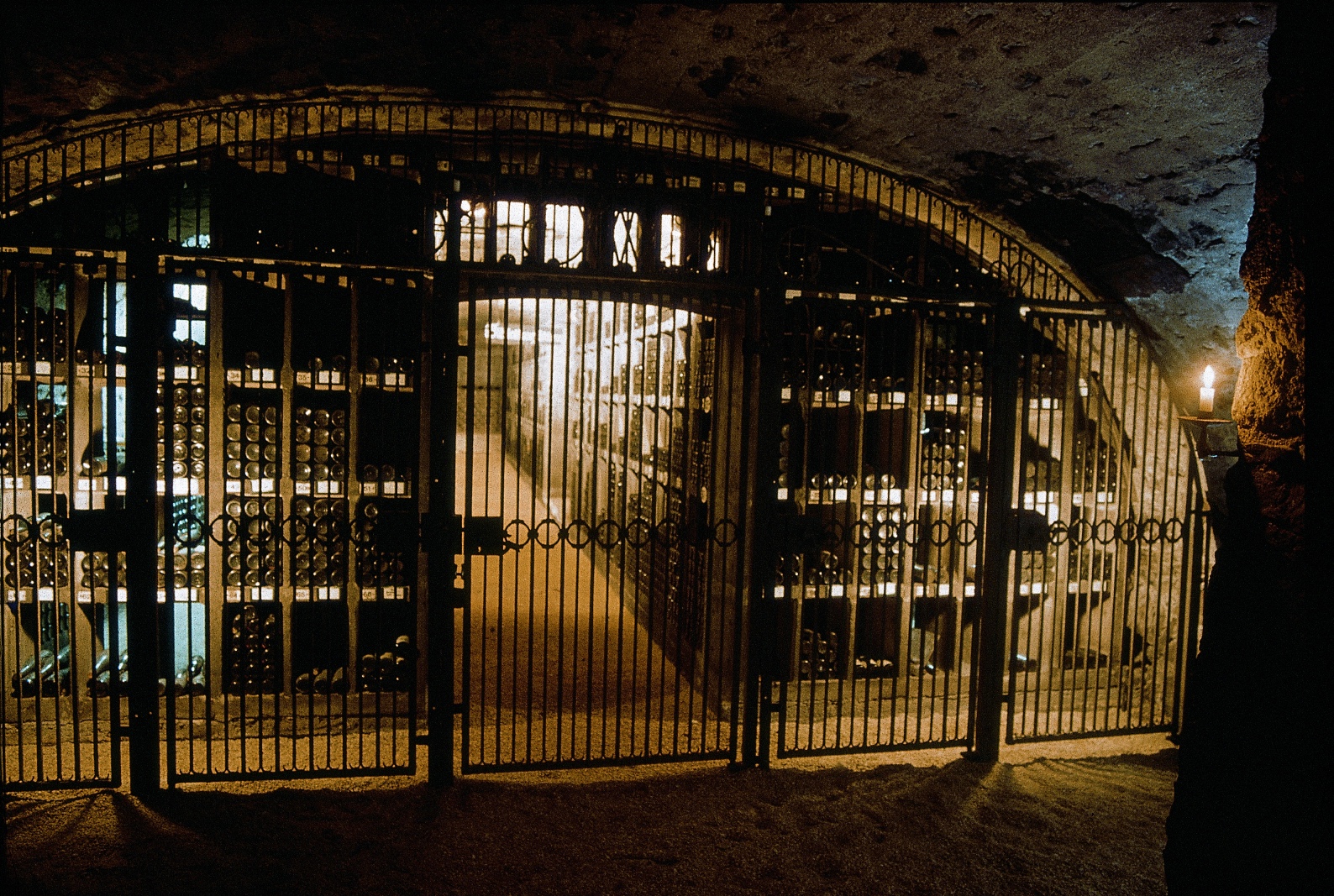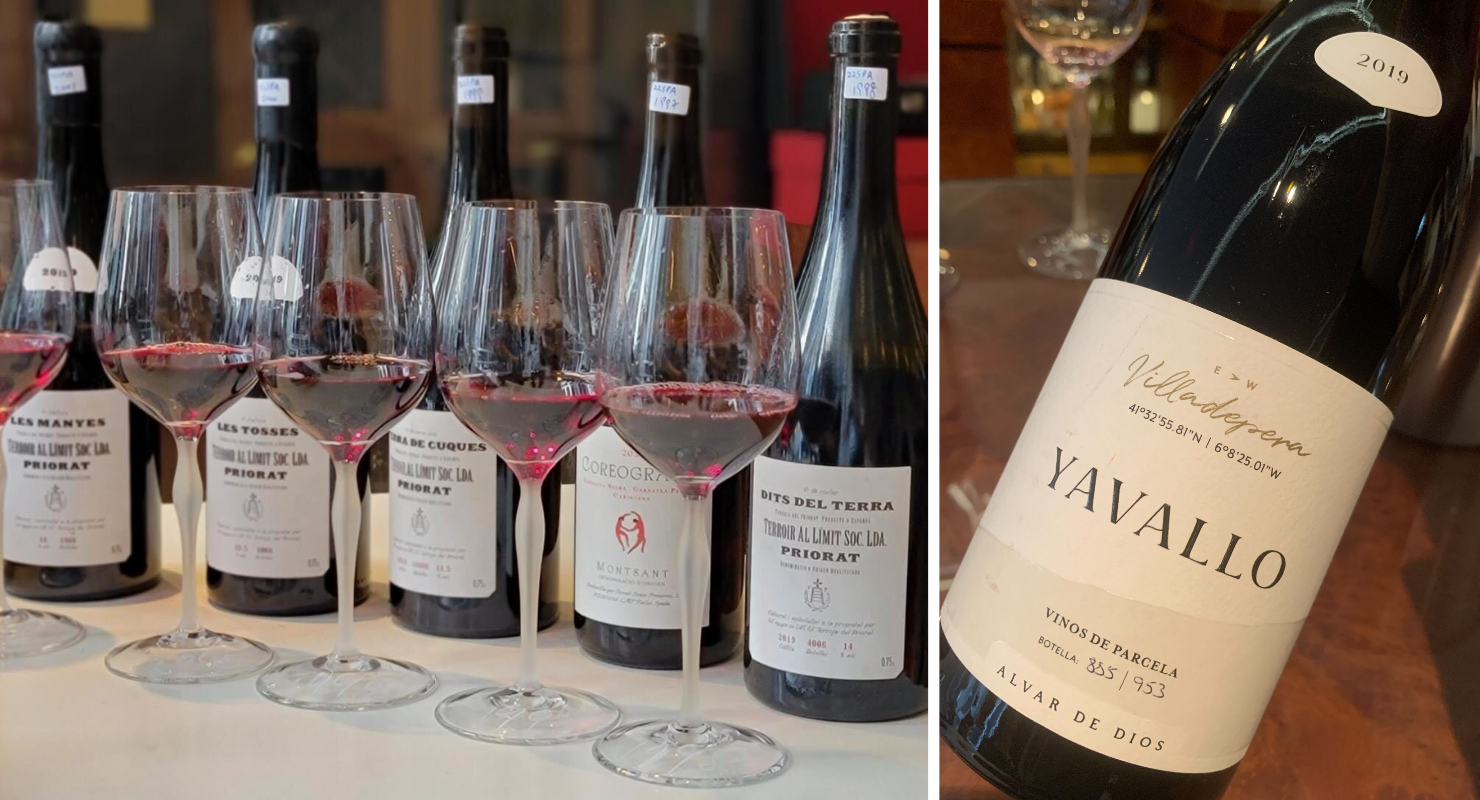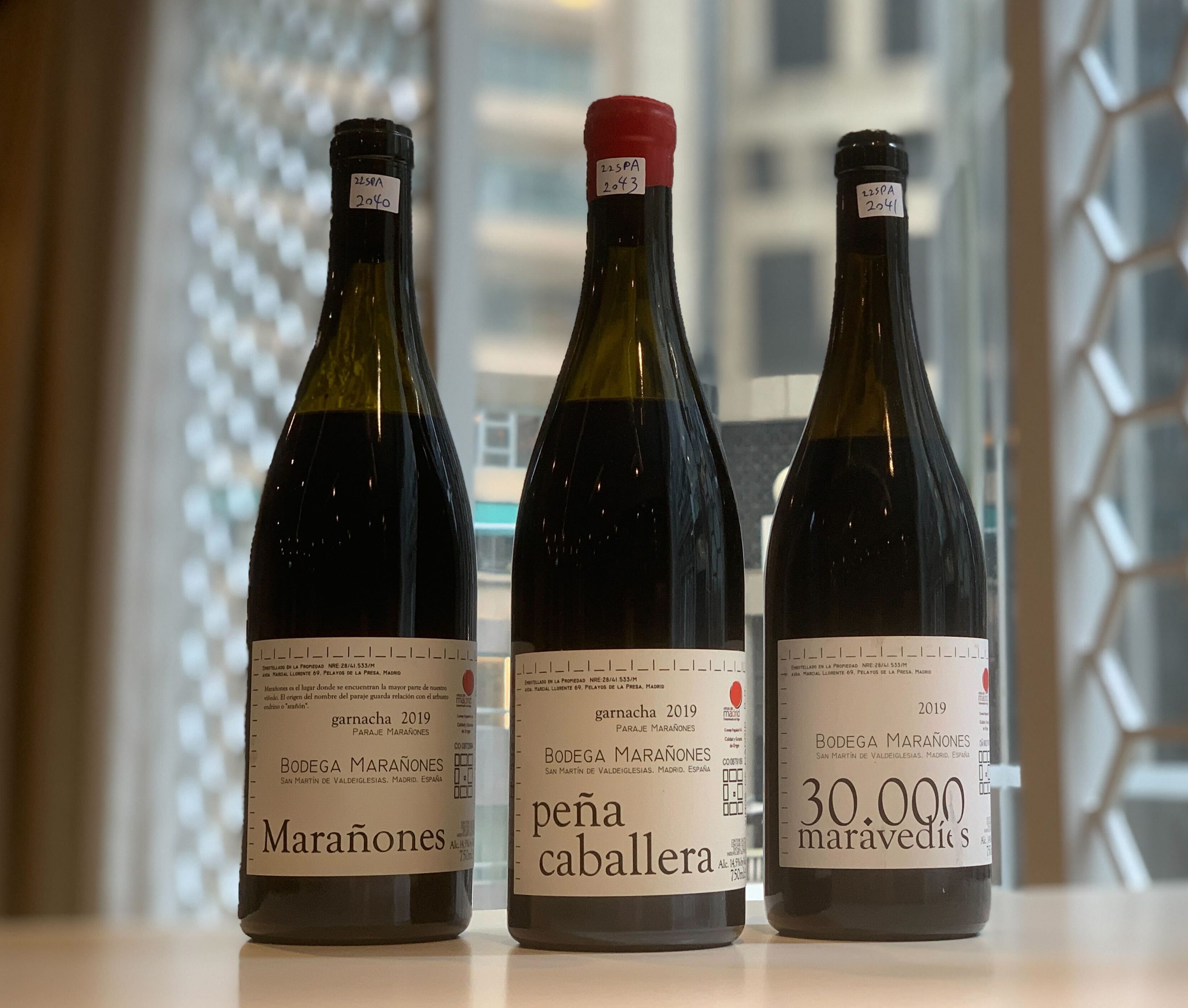Germany dominates the top bottles of this report on the wines we rated over the past week – about 620 in total. Among them is a perfect dry riesling from Schloss Johannisberg that is something extraordinary and highlights the historical significance of this great wine estate in Germany’s Rheingau region. The magnificent winery overlooking the Rhine River has been making only riesling since 1720, and the Schloss Johannisberg Riesling Rheingau Goldlack Trocken 2019 will be remembered as one of its greatest dry rieslings ever.
The Schloss Johannisberg Riesling Rheingau Blaulack Trockenbeerenauslese 2019 was rated 100 points in 2020 and the same is true for the Schloss Johannisberg Riesling Rheingau Grünlack Spätlese 2019, which is to say that Germany’s 2019s continue to amaze us, and Schloss Johannisberg is one of the top estates in this prestigious vintage.
In the meantime, I tasted a new wine from one of Chile’s most iconic producers, Montes winery in Apalta, which is about two hours by car south of the capital, Santiago. Owner Aurelio Montes came to my office in Italy from Chile to tell me about the wine, which will be released on the market in September through Bordeaux negociants. The Bordeaux marketplace continues to grow it portfolio of non-Bordeaux wines from all the key regions of the world, from Australia and California to Chile and Argentina, not to mention Italy and other wine-producing areas in Europe.
READ MORE THE GOOD, THE GREAT AND THE UGLY: GERMANY’S SCHIZOPHRENIC 2020 VINTAGE

